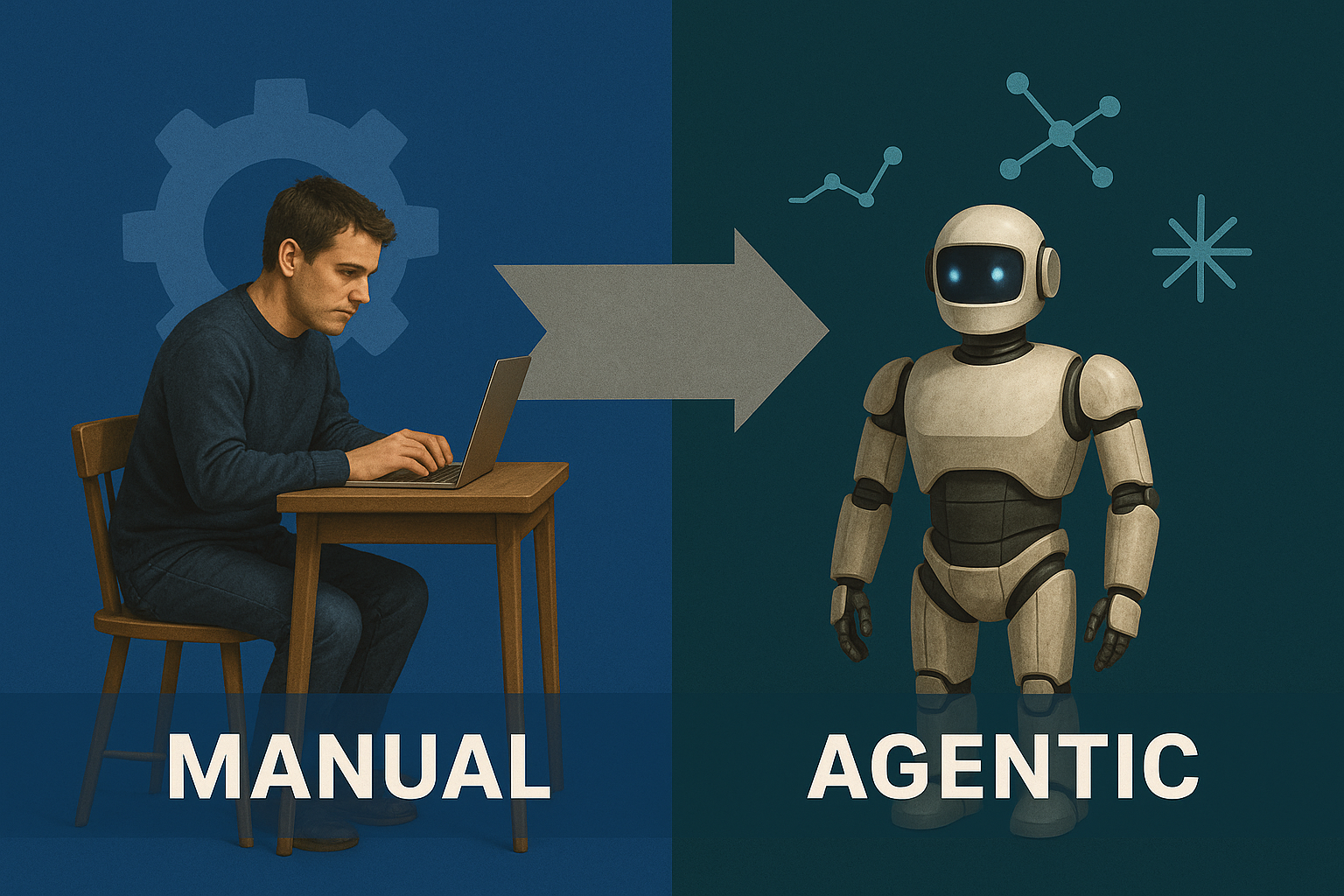Table of Contents
Artificial intelligence is something we continue to see discussed- Elon Musk believes it will be the downfall of humanity, many are concerned its implementation could leave thousands out of jobs, and some even see it as something straight out of a sci-fi movie. The truth, however, is that if implemented correctly, AI could help solve major societal issues, from sustainable healthcare to global warming, and make day to day life a whole lot easier.
The rapid rise of AI in the business world has been well documented, and although perhaps less obvious, the real-world impact is well and truly here; a recent Deloitte study pointed out that over two thirds of consumers are already using AI without knowing it.
The application of AI across a variety of different industry sectors is prevalent; in digital commerce and advertising, the likes of Google and Amazon have already seen lucrative benefits from machine learning and predictive analytics. In banking, customers can now manage their finances through finely tuned apps which use AI to track spending habits in real time, which in turn helps many get a grip on their finances. Even our retail experiences are changing due to AI- the recently trialed Amazon Go store in Seattle used algorithms to provide a checkout-less experience for customers, form monitoring what they picked up and put down, to charging their account for what they walked out with.
The application of AI across a variety of different industry sectors is prevalent, and cybersecurity has not been exempt from this AI revolution- heaps of solutions now claim to harness the power of AI and machine learning, to bolster security and protect our digital lives from nefarious actors. However, there is often some blurred lines, and common misunderstandings, of what constitutes AI and machine learning, and how the two are linked.
Machine Learning
Machine learning is a way of achieving artificial intelligence- it is the process in which machines take data and information, and learn for themselves. Machine learning systems take knowledge and training, fed to them from large data sets, and can use this to excel in a variety of tasks- from facial recognition, to self-driving vehicles. Machine learning essentially allows systems to recognize patterns independently, subsequently resulting in them making their own predictions.
Artificial Intelligence
Artificial intelligence is intelligence demonstrated by machines, in contrast to actions commonly associated with intelligent beings.
However, Artificial intelligence is not created equal and can be split into two distinct categories:
- Applied AI
Applied AI is the most commonly discussed type of AI- and what we see in use around us. Applied AI is used to produce smart systems, which uses the data produced through machine learning, to replicated actions traditionally executed by intelligent beings. This can be used in software, different types of technology, and even in the use of self-driving cars. - Generalized AI
Generalized AI on the other hand, is essentially what people do. This type of AI, in theory, would be able to gather information, and use it to solve a variety of different problems, and adapt to different real-world scenarios. This type of AI is years from coming to fruition- systems have yet to function at a level where they can function with these capabilities.
Hand in Hand they can benefit Cybersecurity
By harnessing the power of both ML and AI, cybersecurity solutions can work to combat the frequently expanding threat landscape. Complex algorithms can adapt over time, and so can respond quicker than humans, to fresh risks. AI can also remediate attack situations independently, freeing up time for security and tech workers.
How AI relies on ML to improve Email Security
By harnessing ML, email security can move towards AI in the mission to improve solutions. Machine learning can collect data over periods of years, which can effectively be channeled into AI efforts. The data machine learning has collected can spot patterns, which can predict threats and anomalies, which AI can work to remediate- with little to no input from humans. This can work towards eradicating threats like phishing, as there is no room for human error- the threat is removed, before it can even be detonated.
To find out more, get in touch and we’d be happy to show you the benefits this technology can bring your organization.
Explore More Articles
Say goodbye to Phishing, BEC, and QR code attacks. Our Adaptive AI automatically learns and evolves to keep your employees safe from email attacks.

/Concentrix%20Case%20Study.webp?width=568&height=326&name=Concentrix%20Case%20Study.webp)










.webp?width=100&height=100&name=PXL_20220517_081122781%20(1).webp)





